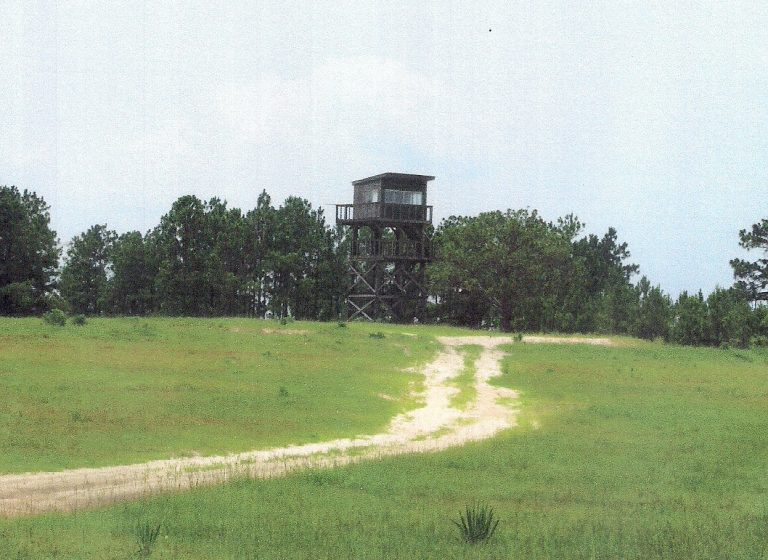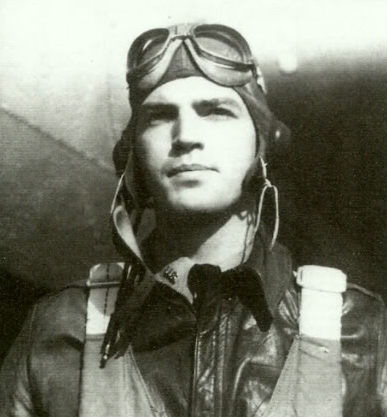Deborah L. Burkett's Images and Stories from Cherokee County, Texas
Sixteen Year Old Served at the Battle of San Jacinto
(Appreciation goes to Martin Swanson, owner of the Texas Basket Company in Jacksonville for sharing the following story and allowing access to family photographs and documents. During my interviews with the Swanson family, I learned not only about the history of basket making but also about the early days of Texas. This column will focus on Swanson’s ancestor, William Physick Zuber, who at 16 began keeping a diary and would continue to do so throughout his life even though he had a setback once–when at the Battle of San Jacinto he accidently spilled all his ink).
Born 1820 in Georgia, William Physick Zuber, moved west with his parents, Abraham and Mary, and as they did so, would relocate several times. In 1833, the family established a permanent residence, when the Austin Colony granted Abraham a headright of a league of land in what is now Grimes County.
At only fifteen when the Texas Revolution began, William wanted to serve but his parents vehemently objected. William argued that he wanted to “win honor” just as his grandfather had “in the old revolutionary war…”
After months of debate his parents finally relented and accompanied him to Captain Joseph Bennett’s location. His mother, weeping, went from one man to another begging them to keep her son out of danger.
Zuber would serve in the Texas Army, Fourth Company, Second Regiment, Texas Volunteers, from March 1 to June 1, 1836. During this time Zuber began keeping a diary. Self-educated and with “a zest for learning,” Zuber recorded the victories, as well as, defeats during the Texas Revolution.
In March of 1836, things were not going well for Sam Houston’s army. Having declared independence from the official Mexican government, and after the fall of the Alamo and the Goliad massacre, there were decisions to be made and quickly.
On the morning of April 21st, General Houston called his officers together.
Camped just miles away were Santa Anna’s forces which now numbered around 1,200. The Texans numbered 900. The majority of Houston’s officers voted to await Santa Anna’s attack in order to leverage their position. However, Houston made the final decision– they would attack.
During the Battle of Jacinto, because of his age and the fact he possessed a worthless gun, “that old polk stalk,” as it was called—Zuber was made a member of the rear guard. He was so mortified that involuntary tears were shed, leading some to good naturally call him, “the boy who cried to go into battle.” He, along with others, was stationed on the north bank of Buffalo Bayou opposite Harrisburg and was to secure the Texas army’s baggage and attend to their sick and wounded.
According to Houston’s official report, “…630 Mexicans were killed and 730 surrendered; while only 9 Texians were killed and 30 wounded…” including Sam Houston who was shot in the ankle.
After the battle, The Texans captured a large supply of pistols, sabers, mules, horses, provisions, clothing, tents, and $12,000 in silver. Santa Anna was found the next day hiding in the grass dressed as a common foot soldier.
Eighteen minutes was all it took for Houston’s troops to take control of the Mexican camp. The significance of this short battle cannot be overestimated.
One of the eight inscriptions on the exterior base of the San Jacinto Monument reads: “Measured by its results, San Jacinto was one of the decisive battles of the world. The freedom of Texas from Mexico won here led to annexation and to the Mexican War resulting in the acquisition by the United States of the states of Texas, New Mexico, Arizona, Nevada, California, Utah, and parts of Colorado, Wyoming, Kansas, and Oklahoma. Almost one-third of the present area of the American nation, nearly a million miles of territory, changed sovereignty.”
Throughout his life, William Zuber would continue to keep a diary. He recorded his experiences in major events and in some cases would be a driving force in terms of initiating policy. These included the Civil War and politics of Reconstruction, the veteran’s pension and the founding of the Texas Veteran’s Association.
In 1864, after he returned home to Grimes County, Zuber would resume farming and teaching. From 1876 to 1878 he served as county commissioner. During his later years, Zuber wrote articles on early Texas military conflicts and biographical sketches of Texas veterans, many of which were published by newspapers and historical groups around the state.
In July 1901, the Quarterly of the Texas State Historical Association published Zuber’s paper entitled, “The Escape of Rose from the Alamo.” Frenchman, Louis “Moses” Rose was a soldier of fortune who had been named to the French Legion of Honor for his role in Napoleon’s army. He settled in Nacogdoches where he became friends with Abraham Zuber. Rose joined the Fredonian Rebellion and took part in the Battle of Nacogdoches. As a friend of Jim Bowie, “Rose accompanied or followed him to the Alamo.”
Rose escaped death at the Alamo when he admitted to Bowie, “…he wasn’t ready to die…” Rose was the only man who did not cross the line Travis drew in the dirt. Up until then, Rose had fought as bravely as any man there.
Rose made his way through enemy lines by taking the road down the river, around the bend, then east through open prairie to Guadalupe River, arriving at the Zuber ranch in Grimes County.
While recuperating at the ranch Rose told the story of his escape and Travis’ speech. Later, Zuber would publish this story. However, over the years, some would discredit the account but others would include it in their archives and textbooks.
After his stay, Rose left for Nacogdoches where he acted as a witness for numerous heirs of Alamo defenders trying to get land for their service

As a charter member of the Texas State Historical Association, Zuber was made an honorary life member because of his participation in the Texas Revolution. In 1906, he moved to Austin and was employed as a guide in the Senate chamber of the Capitol, where among other oil paintings, one of him was displayed.
At the age of ninety, Zuber began the task of transcribing his diaries and his memories for publication. After his death, the handwritten manuscript was placed in the Texas State Archives, where it was used as a reference source by students and scholars of Texas history. Then in 1971, over 50 years after Zuber’s death, Janis Boyle Mayfield saw to it the Zuber’s work was published, entitled, “My Eighty Years in Texas.”
In 1909, William Physick Zuber was honored by the Texas Legislature as the last surviving veteran of the Army of San Jacinto. He died September 22, 1913, and was buried with Masonic honors in the State Cemetery.
In closing, I must say what an honor it’s been getting to know Martin Swanson’s family through old documents and photographs. Imagine, a young Zuber being on site at some of Texas’ most important events. Thank goodness at the age of 16, he began keeping a diary and over the ensuing years continued to do so, even though he had a setback once, when at the Battle of San Jacinto he accidently spilled all his ink.
Oh, by the way, Martin Swanson has another ancestor who actively participated in the early days of Texas. Martin Palmer was at Washington-on-the Brazos and signed the Texas Declaration of Independence.
Dr. Deborah L. Burkett, retired educator and graduate of University of Southern California, Los Angeles has deep ties to this area; her family arrived during the Republic of Texas. She is chair of the Cherokee County Historical Commission and a founding member of the Troup Genealogic/Historical Society, Inc., and as a member of working committees who published Troup Goes to WW II (1999) and A Century of the History of Troup, Texas 1850s – 1950s (2009). Burkett’s own publications include Quilts and Their Stories Binding Generations Together (2013) and East Texas Piney Woods Spunky Women-1830s to 1950s- Spirited Individuals Who Made a Difference (2016).



